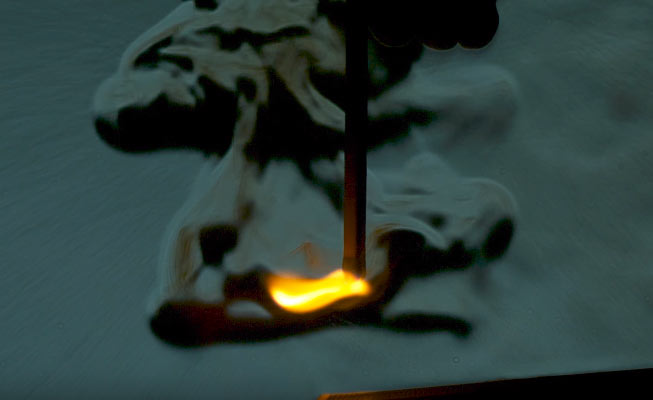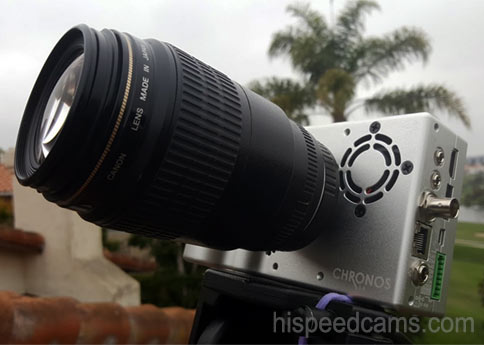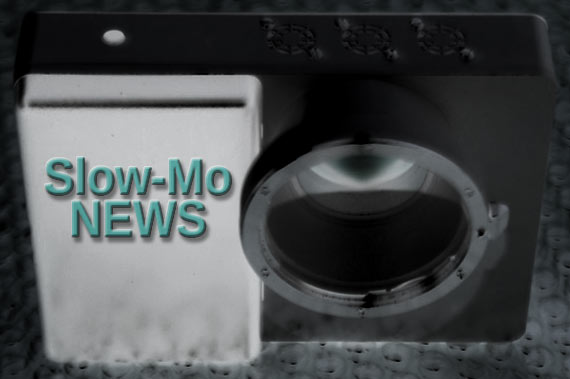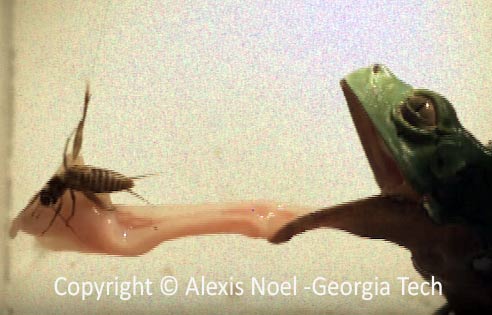Sometimes all it takes to embark on a new project is some unexpected inspiration. On the Incredible Slow Motion video by Veritasium – Seeing the Invisible: Schlieren Imaging in SLOW MOTION we are not only inspired but awestruck by the results of this simple and doable at home scientific experiment. The experiment allows a camera to visualize the vortexes of gases and temperature differences in the air which serve to create some very interesting scientific experiments and or artistic visualizations.
You will need a Concave Parabolic Mirror like the ones used in reflective Newtonian telescopes, “you may have one lying around from your stargazing days”, you will also need a small light source like an LED flashlight or single diode and finally a razor blade or similar precise object to cut off the light to the camera on a plane.






